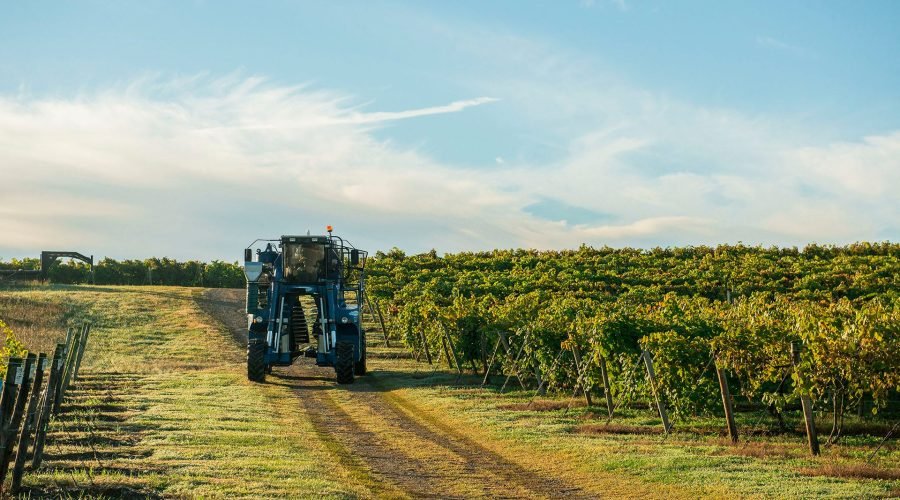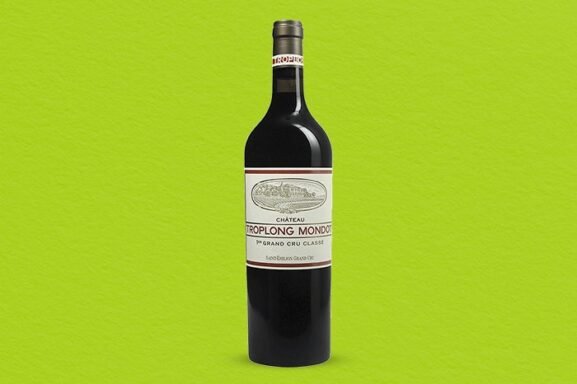In the Sprawling Lake Erie AVA, Variety Is the Spice of Life
Lake Erie AVA is an historic wine-producing region that defies a simple definition. The largest AVA east of the Rocky Mountains, its boundaries extend to cover parts of New York, Ohio and Pennsylvania, with over 40,000 acres planted to vineyards. Growers here cultivate a diverse range of grape varieties, including native, hybrid and vinifera, and wines are produced in a medley of styles.
Featuring a cool continental climate with four seasons, most of the Lake Erie AVA follows the Lake Erie shoreline, and includes islands off the shore as well. There are two sub-AVAs within it: Grand River Valley AVA and Isle St. George AVA. Lake Erie moderates the temperature by retaining heat into the fall and extending the growing season, allowing grapes to reach ripeness. Scott Neeley, co-owner and head winemaker of Penn Shore Winery and Vineyards, who is also president of the Pennsylvania Wine Association, heralds Lake Erie AVA as a near-perfect location for grape growing. “We’ve got ancient glacial soils with limestone and some loam in the mix, and drainage is perfect,” he notes. The winds coming off of Lake Erie are key for success here—not only do they keep the cool air moving, they also keep vineyards dry, reducing disease pressure and limiting the need for spraying.
You May Also Like: Heritage and Hybrid Grapes Are Spurring a Revolution in New York State (Again)
The moderation from the lake, along with warming temperatures due to climate change, means that growers are having success with an increasing number of varieties. Historically planted with native and hybrid grapes, vinifera plantings are on the rise, especially Riesling, Chardonnay and Cabernet Franc. Concord makes up 40% of wine production, in addition to being used for grape products (Welch’s is a major producer in this region). Other varieties in the AVA include Lemberger, Teroldego, Chambourcin and Baco Noir.
Because of the range of grapes grown throughout this sizable AVA, there is no one signature style, allowing producers to experiment. Neeley is excited about some of the lesser-known grape varieties being utilized in the region, such as Noiret, a black hybrid grape variety with a lot of character. He describes Noiret as “Syrah-like,” commenting on its inky-dark color and noting that it is “peppery in youth, with a medium body and ages extremely well.”
Grape planting and wine production within Lake Erie go back to the early 1800s. Like all wine-producing regions in the United States, Prohibition took its toll, and unfortunately this region has been slow to bounce back. There are currently more than 20 wineries in operation within the AVA; today it is a center for innovation and experimentation. “We fight some stigma with regards to what is grown and made here,” Mario Mazza, general manager and vice president of the Mazza family of brands (Mazza Vineyards, South Shore Wine Company and Mazza Chautauqua Cellars, all within the Lake Erie AVA), observes. “We work extra hard to show what we can produce.”
Continuing to define the region, as well as determine what varieties and styles are best suited here, is a theme among producers. Mazza says that the future of the AVA is all about being authentic, adding, “We’re still figuring out our identity.” Mazza noted the importance of innovation for the region, citing the use of alternative packaging and planted varieties that require fewer vineyard sprays. “This is an area ripe for the future of wine, pun intended,” Neeley jokes. “We really feel like this area is primed for significant growth over the next 10 years—it is one of the main reasons we invested here, to be honest.”
You May Also Like: 7 Up-and-Coming Wine Regions That Should Be on Your Radar
Quick Facts
- Date AVA Established: October 21, 1983
- Total Size: 2,236,800 acres (3,495 sq. mi)
- Planted Acreage: Over 40,000 acres of vineyard spanning three states
- Most Planted Grapes: Concord is by far the most planted grape variety, but much of the production is used for jams, jellies, and other grape products. Bacco Noir, Seyval Blanc and Vidal Blanc are prominent hybrid varieties. Vinifera plantings include Riesling, Chardonnay and Cabernet Franc.
- Climate: Cool continental, with Lake Erie moderating
- Number of Wineries: 21
- Fun Fact: Lake Erie AVA includes parcels in three states—New York, Ohio and Pennsylvania—and is the largest AVA in the eastern United States.
This article originally appeared in the April 2024 of Wine Enthusiast magazine. Click here to subscribe today!
From the Shop
Find Your Wine a Home
Our selection of red wine glasses is the best way to enjoy the wine’s subtle aromas and bright flavors.

Bring the World of Wine to Your Doorstep
Subscribe to Wine Enthusiast Magazine now and get 1 year for $70 $29.99.
Published: April 1, 2024
Like what you’re reading? Learn more about:


